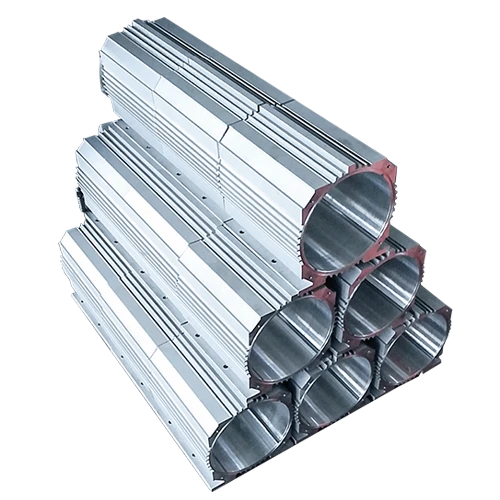Mobile:+86-311-808-126-83
Email:info@ydcastings.com
OM606 Turbocharged Engine Exhaust Manifold Design and Performance Overview
The OM606 Exhaust Manifold An Overview
The OM606 engine, a notable inline-six diesel unit produced by Mercedes-Benz, has garnered a reputation for its robust performance and reliability. Central to its functionality is the exhaust manifold, a critical component that plays an essential role in directing exhaust gases away from the engine and into the exhaust system. This article will delve into the features, functions, and potential upgrades of the OM606 exhaust manifold, considering its importance in maximizing performance and efficiency.
Understanding the Exhaust Manifold
The exhaust manifold is typically the first component in the exhaust system, connecting to the engine's cylinder head. In the OM606, the manifold collects exhaust gases from all six cylinders and channels them into a single outlet. The design and material of the exhaust manifold can significantly impact engine performance, turbo response, and overall efficiency.
The OM606 exhaust manifold is cast from durable materials designed to withstand high temperatures and resist corrosion. These manifolds are engineered for optimal flow characteristics, ensuring that exhaust gases exit the engine smoothly, reducing backpressure and enhancing turbocharger performance. For those who appreciate both reliability and performance, understanding the nuances of this component is essential.
Performance Considerations
One of the key advantages of the OM606 engine is its potential for tuning and modification. The stock exhaust manifold is effective for standard applications, but performance enthusiasts often seek enhancements. Upgrading the exhaust manifold can lead to improved performance, better turbo response, and a more aggressive engine note.
Many aftermarket options available for the OM606 provide features such as larger pipe diameters and improved flow characteristics. These enhancements can lead to increased horsepower and torque, especially when paired with other performance upgrades, such as a higher-flow turbocharger and improved intercooler.
om606 exhaust manifold

Turbocharged Applications
The OM606 engine is well known for its turbocharged variants, particularly in applications like the W210 E-Class and the G-Wagen. The exhaust manifold's design is crucial for turbocharged setups, as it affects how quickly the turbo spools and how efficiently it delivers boost pressure to the engine.
In turbo applications, a poorly designed exhaust manifold can result in turbo lag, where the turbo takes longer to build pressure. Conversely, a high-quality manifold can improve spool times, allowing for quicker throttle response and enhanced acceleration. Furthermore, a properly functioning exhaust manifold helps maintain optimal exhaust gas temperatures (EGT), which is essential for protecting the engine and ensuring longevity.
Replacement and Maintenance
Like any engine component, the exhaust manifold can experience fatigue and damage over time, particularly due to the thermal stress associated with diesel engines. Symptoms of a failing manifold include exhaust leaks, decreased performance, and increased engine noise.
Regular inspection and maintenance are crucial. If cracks or leaks are detected, it's essential to replace the manifold promptly to avoid further engine damage. Replacement typically involves unbolting the manifold from the engine block, which can be a labor-intensive task, requiring special tools and expertise.
Conclusion
The OM606 exhaust manifold represents more than just a piece of cast iron; it is a vital component in a well-balanced engine. With its role in exhaust gas flow and turbo functionality, understanding the intricacies of the manifold can significantly contribute to the performance and longevity of the engine. Whether you are maintaining a stock setup or looking to unleash the full potential of your OM606 through performance upgrades, paying heed to the exhaust manifold's specifications and condition is essential. Enthusiasts and professionals alike recognize that the journey of enhancing engine performance begins with understanding and optimizing fundamental components like the exhaust manifold.
-
Impeller Technology That Powers Precision in Pump SystemsNewsMay.22,2025
-
Valve Durability Begins with Quality Cast Iron ComponentsNewsMay.22,2025
-
Performance Cooling with Advanced Automobile Water Pump SolutionsNewsMay.22,2025
-
How Motor Housing and Oil Pans Shape Engine PerformanceNewsMay.22,2025
-
How Metal Castings Drive Modern Manufacturing EfficiencyNewsMay.22,2025
-
Exploring the Engineering Behind Valve Body CastingsNewsMay.22,2025











